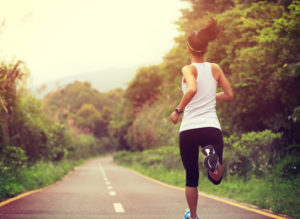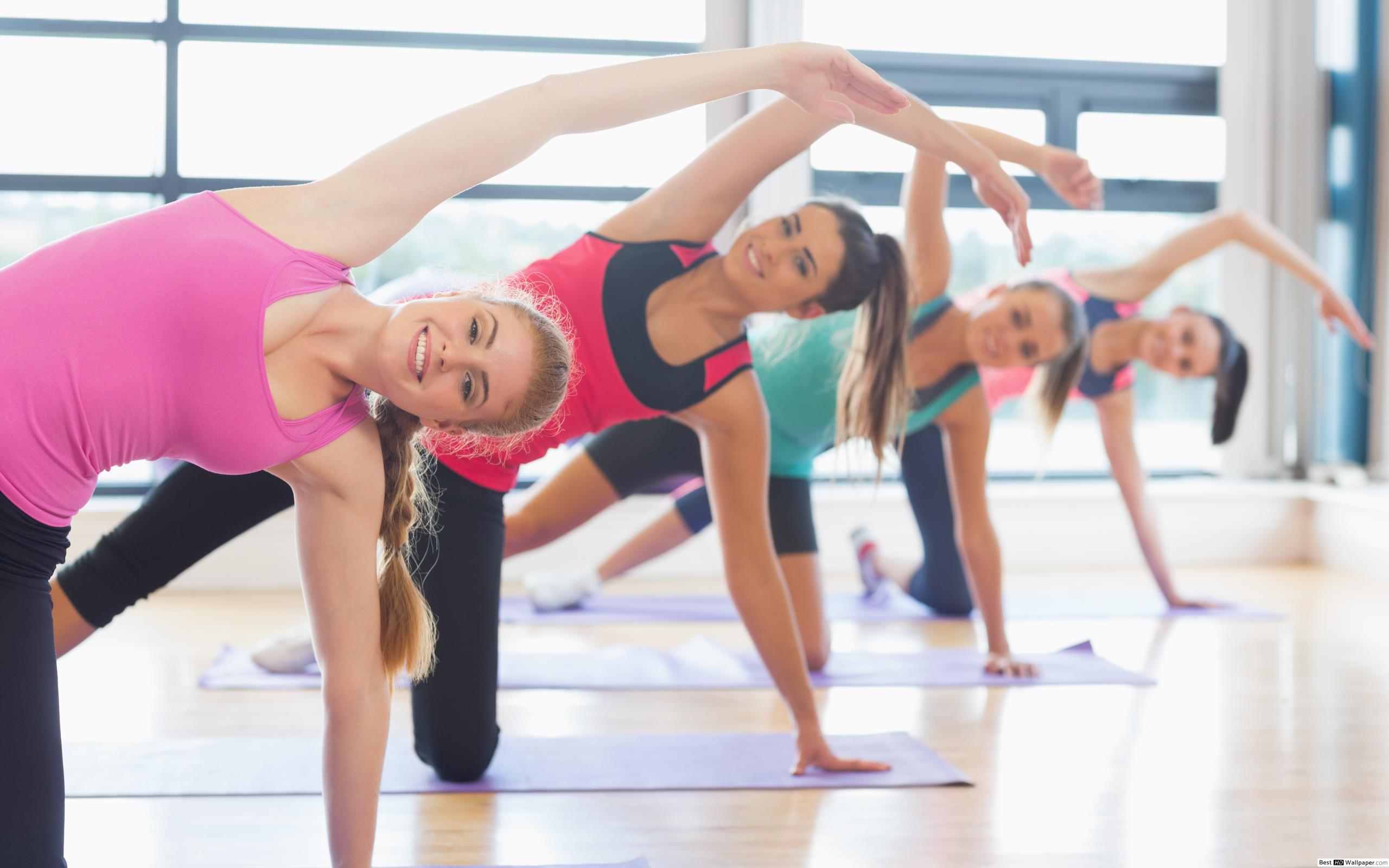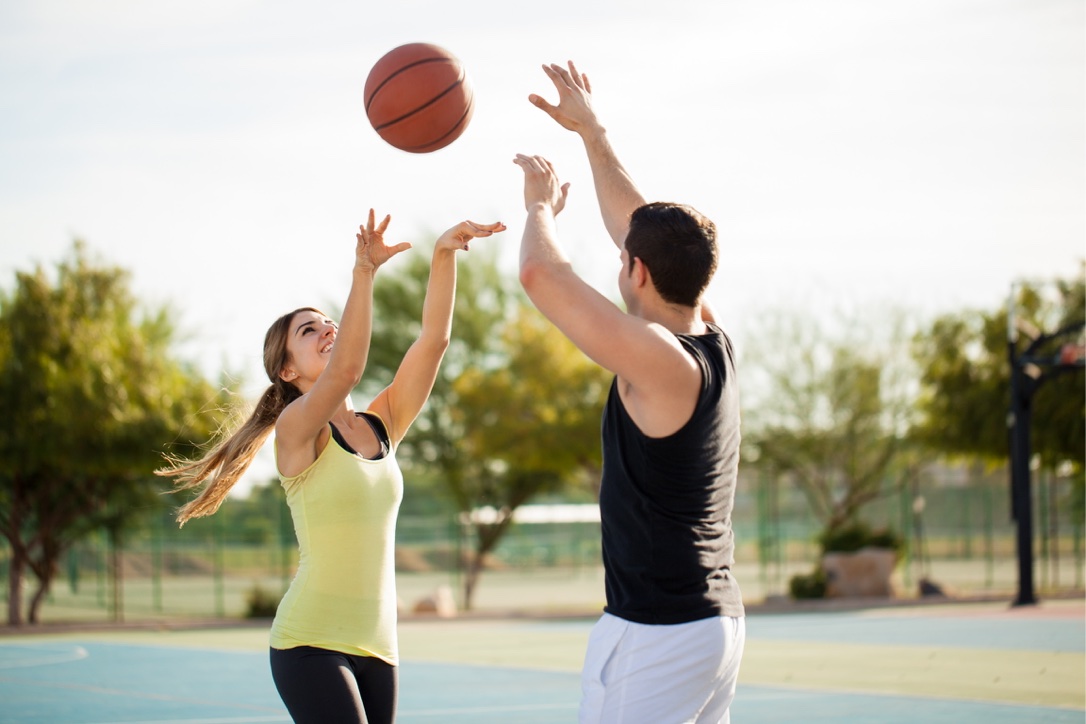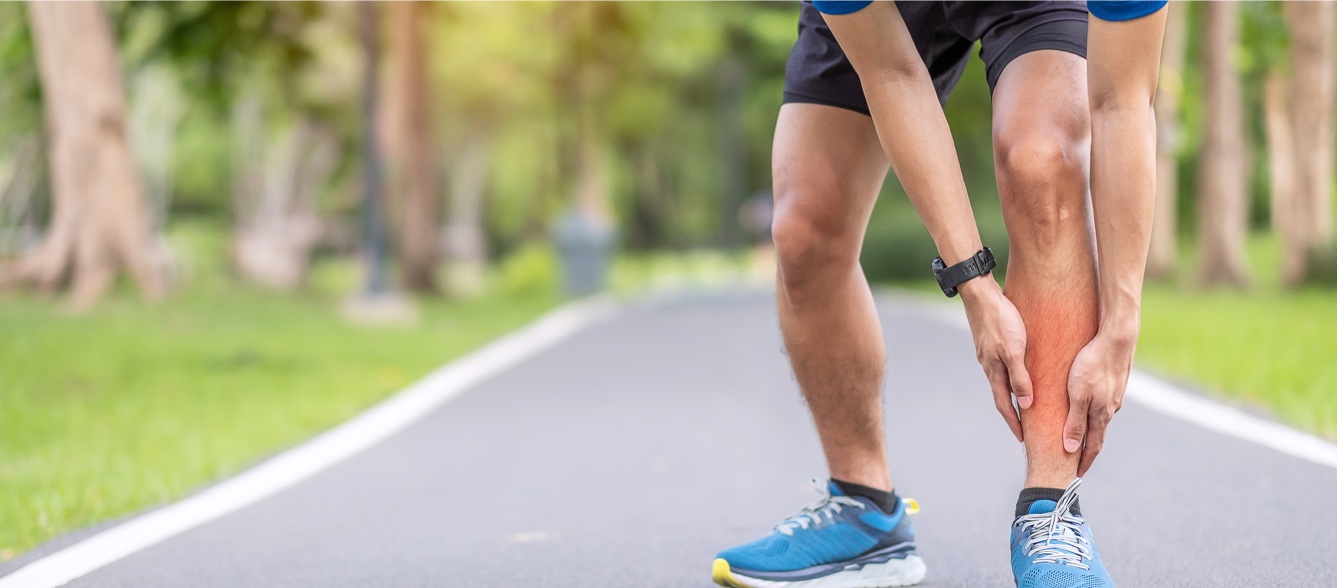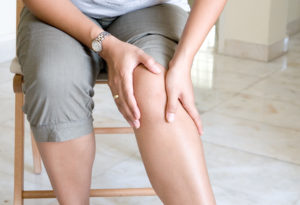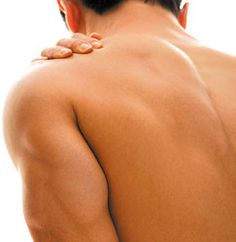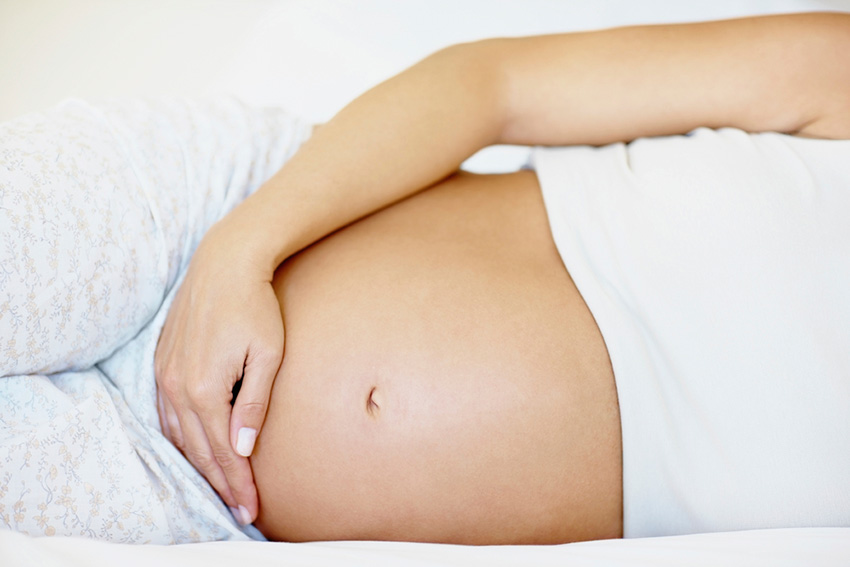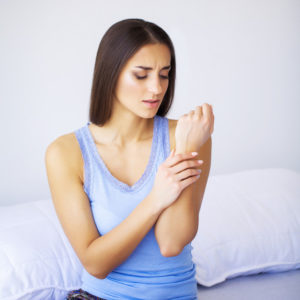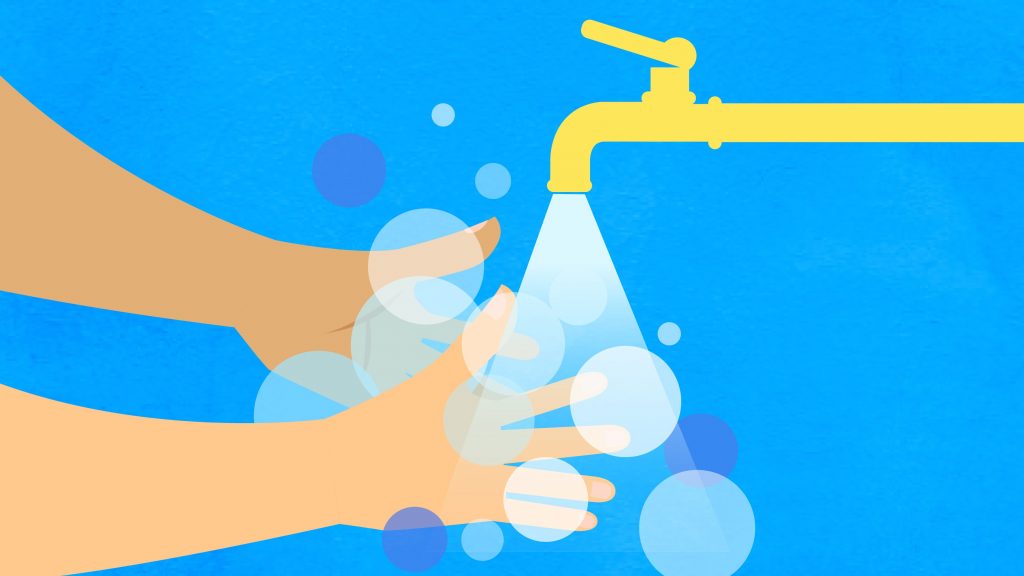Energy deficiency – a risk factor for injuries in females.
In female sport there is a medical term called the ‘Female Athlete Triad’. This refers to the combination of energy deficiency and absent menstrual cycles which ultimately leads to a disruption to hormone function resulting in reduced bone mineral density. Typically, weight-bearing and resistance exercise would improve bone health as the load through the bones promotes increased bone density. For women who do not have menstrual cycles due to energy deficiencies, they will not get the same effect. This is due to reduced hormonal levels which ultimately leads to a high risk of stress fractures. …

